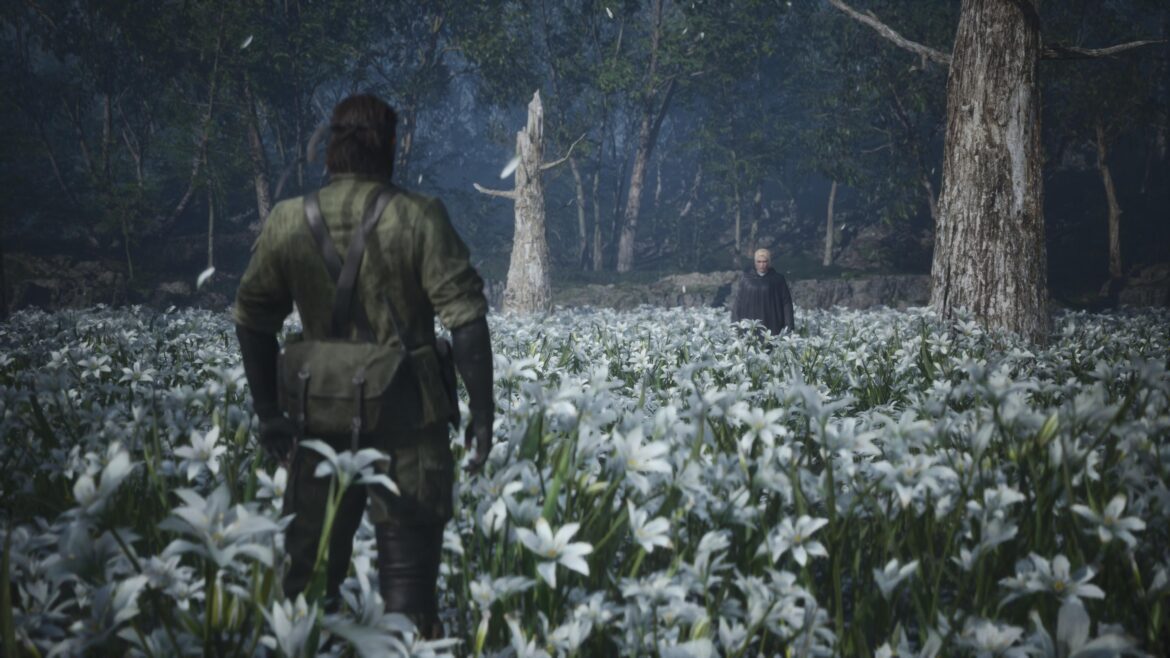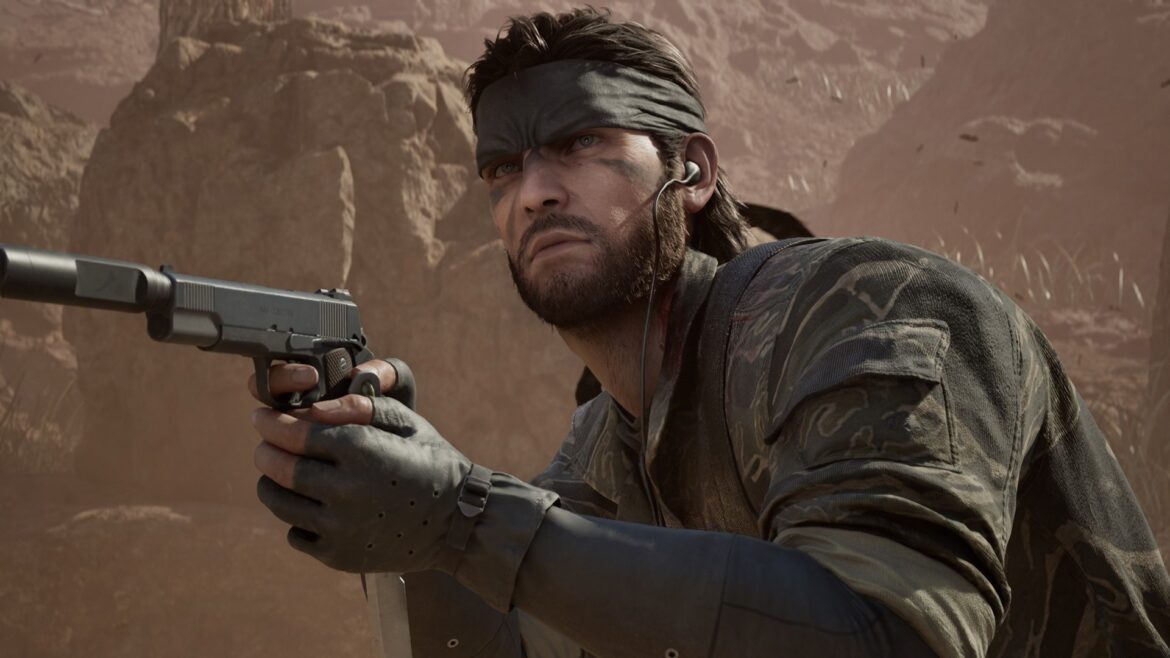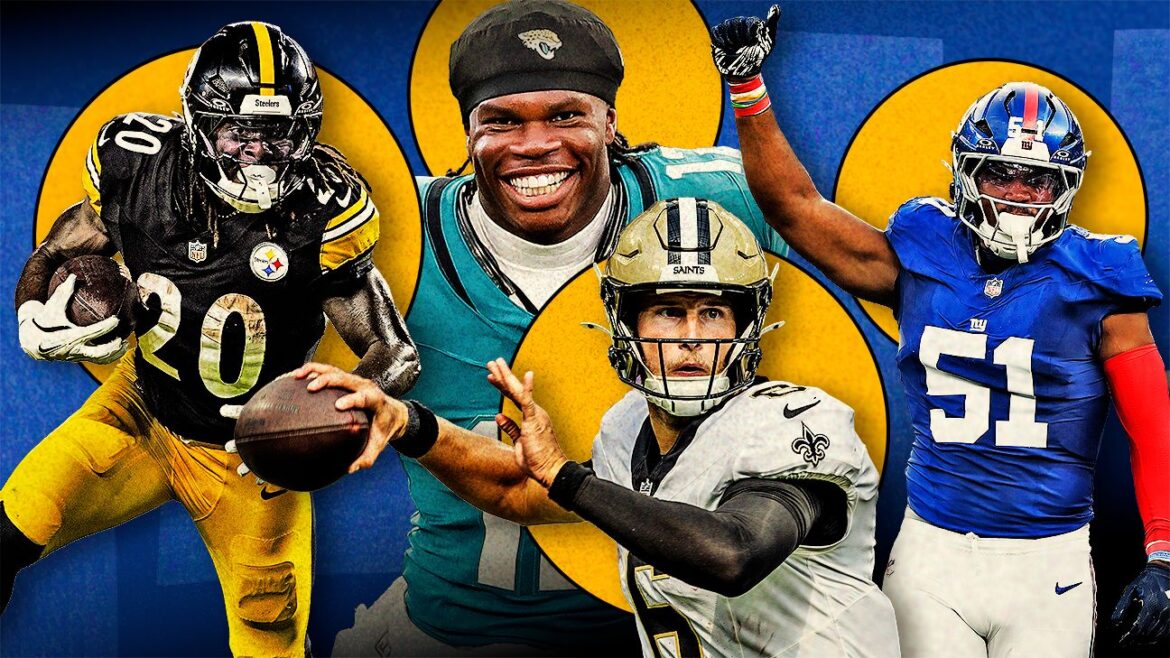Companies all over the world are currently racing to shrink their workforces and replace them with AI. Often, it seems, this isn’t working out for the firms involved. Case in point: A bank in Australia recently did so, but then had to ask its workers to come back after it turned out that the chatbot that it had launched to replace them couldn’t cut the mustard.
Last month, the Commonwealth Bank of Australia announced that it would be laying off 45 customer service workers as it rolled out a new AI-powered ‘voice bot’ that could supposedly do their job, Bloomberg reports. The bank claimed that the chatbot reduced the bank’s call volume significantly. However, the workers’ union got involved and says it has determined that wasn’t the outcome.
Australia’s Finance Sector Union, which represents workers in the banking industry, called BS on the bank’s claims and engaged CBA in a workplace relations tribunal. Now, it appears that the bank has admitted it made a grievous mistake, telling Bloomberg that its initial assessment that the customer service reps were no longer needed “did not adequately consider all relevant business considerations and this error meant the roles were not redundant.”
“We have apologized to the employees concerned and acknowledge we should have been more thorough in our assessment of the roles required,” a bank spokesperson told the news outlet. The same spokesperson said that the fired workers were being offered several options, including continuing in their old positions. Gizmodo reached out to CBA for more information.
FSU put out a statement on Thursday, sharing details about the situation. “CBA last month announced the jobs would be made redundant due to the introduction of a new AI-powered ‘voice bot’, which they claimed had led to a reduction in call volumes. Members told us this was an outright lie and did not reflect the reality of what was happening in Direct Banking,” FSU writes. “Call volumes were in fact increasing and CBA was scrambling to manage the situation by offering staff overtime and directing Team Leaders to answer calls.”
“Getting CBA to rescind these job cuts is a massive win – but the damage has already been done for our 45 colleagues who have had to endure the stress and worry of facing redundancy, some of whom have been with the bank for decades and were suddenly confronted with the prospect of being unable to pay their bills,” the union added.
While the particulars of this whole episode aren’t readily available, it certainly seems like yet another example of a company putting the cart before the horse with AI. Ultimately, AI is still an experimental technology, and its results are hit or miss. A much-publicized MIT study recently claimed that 95 percent of AI pilot programs at companies have, so far, been failures. With numbers like that, companies would be wise to keep their headcount high for the time being.










